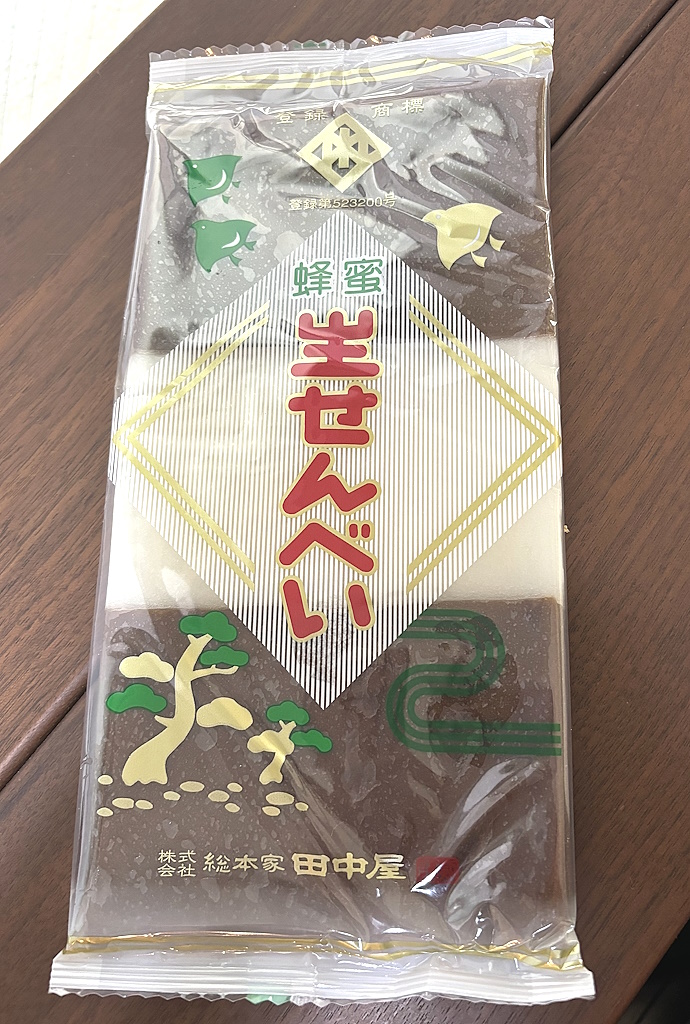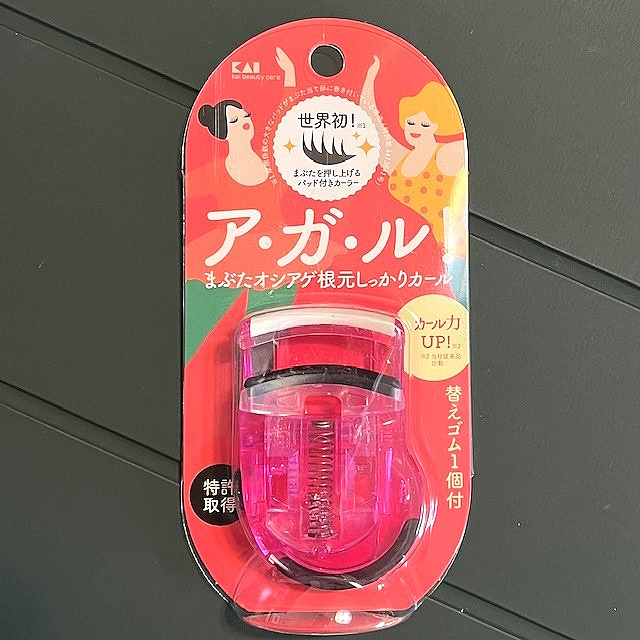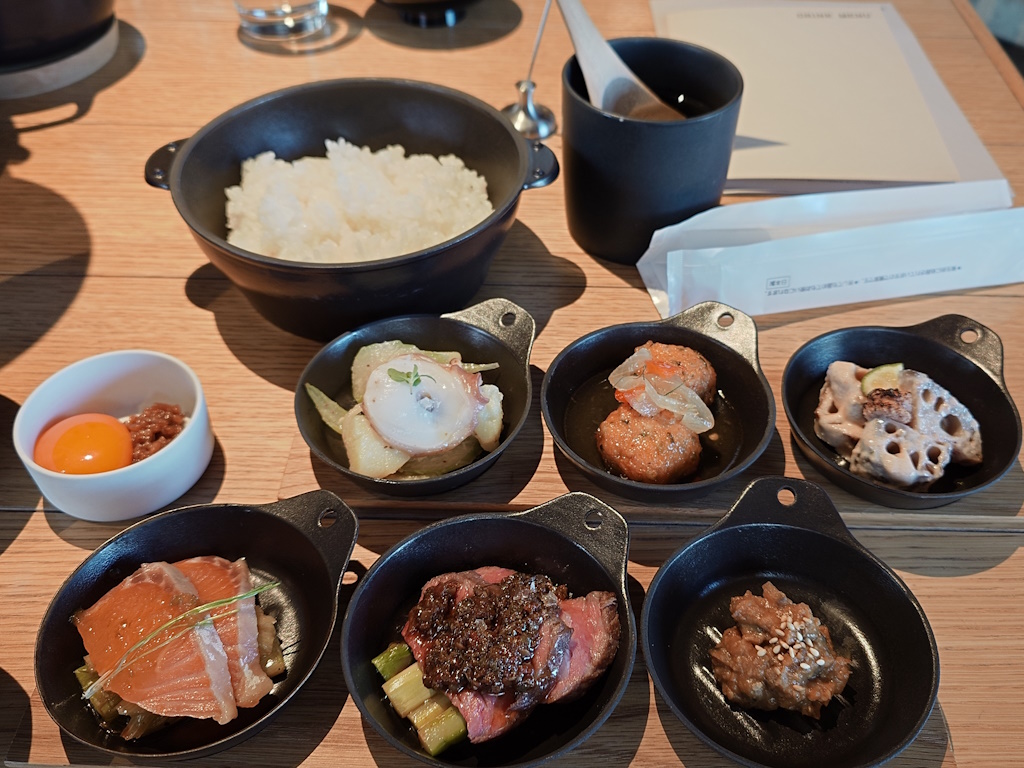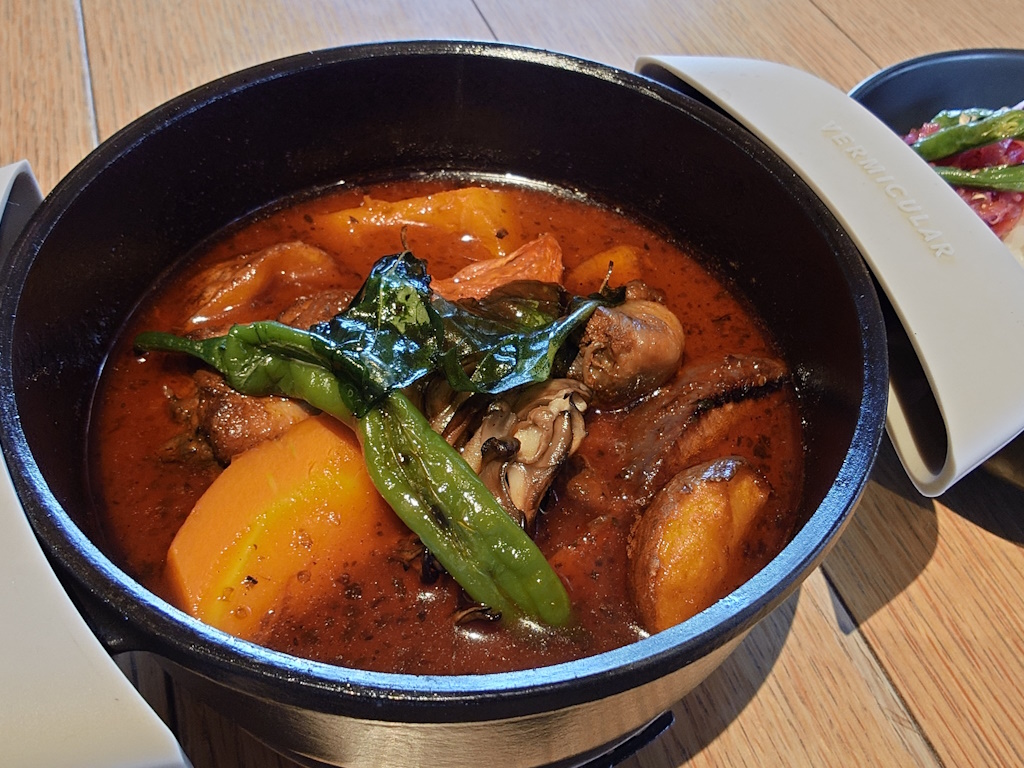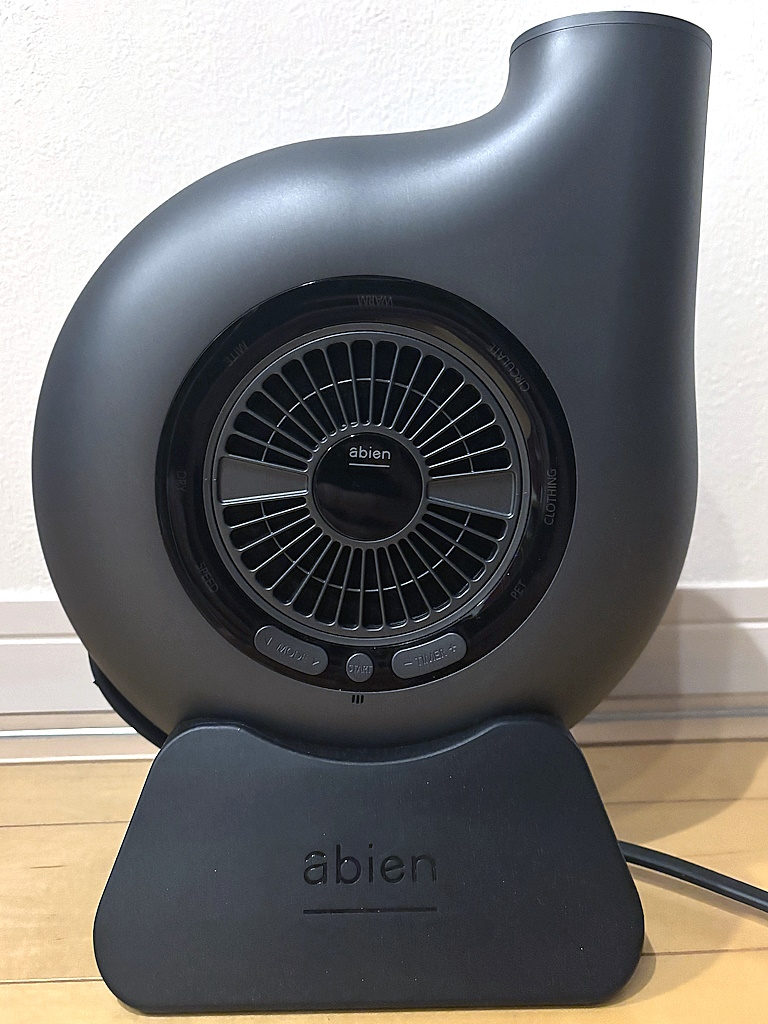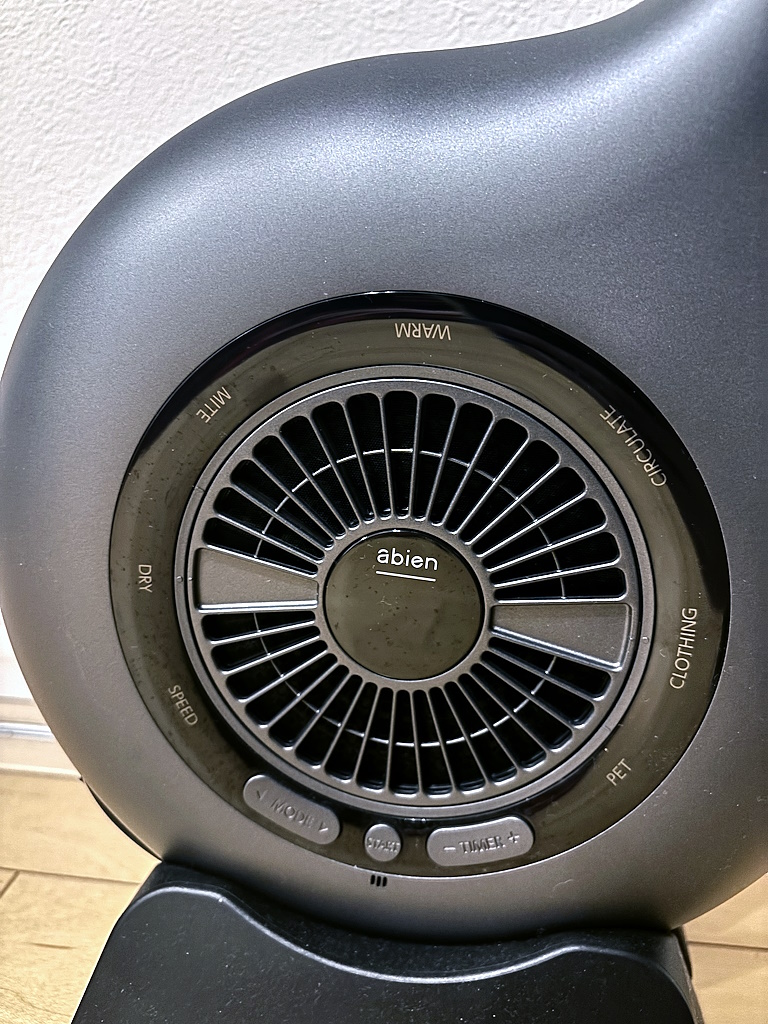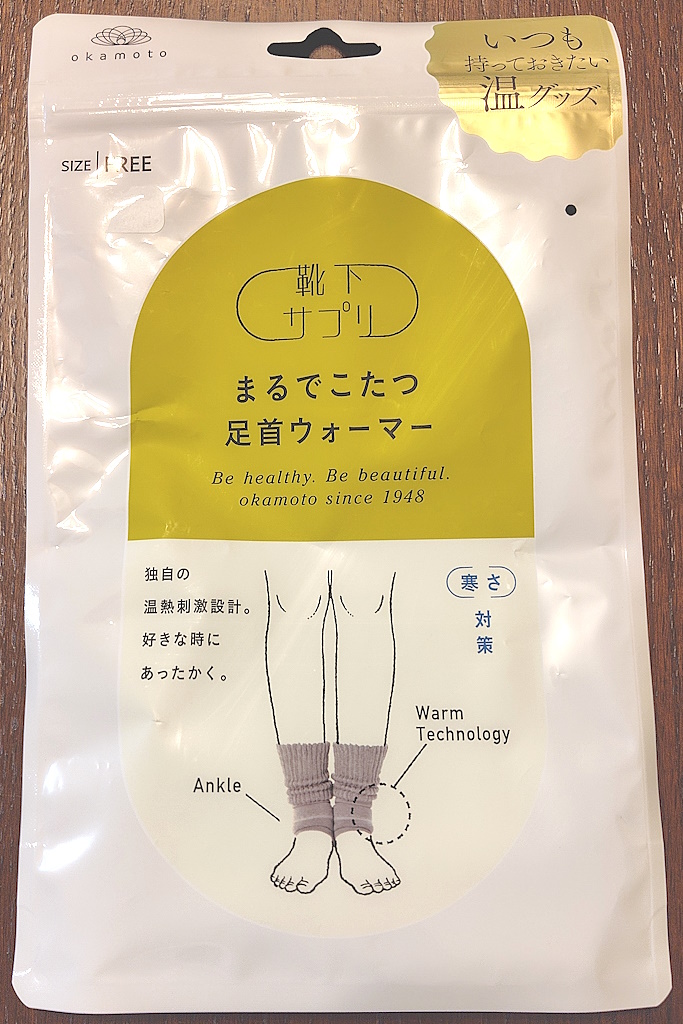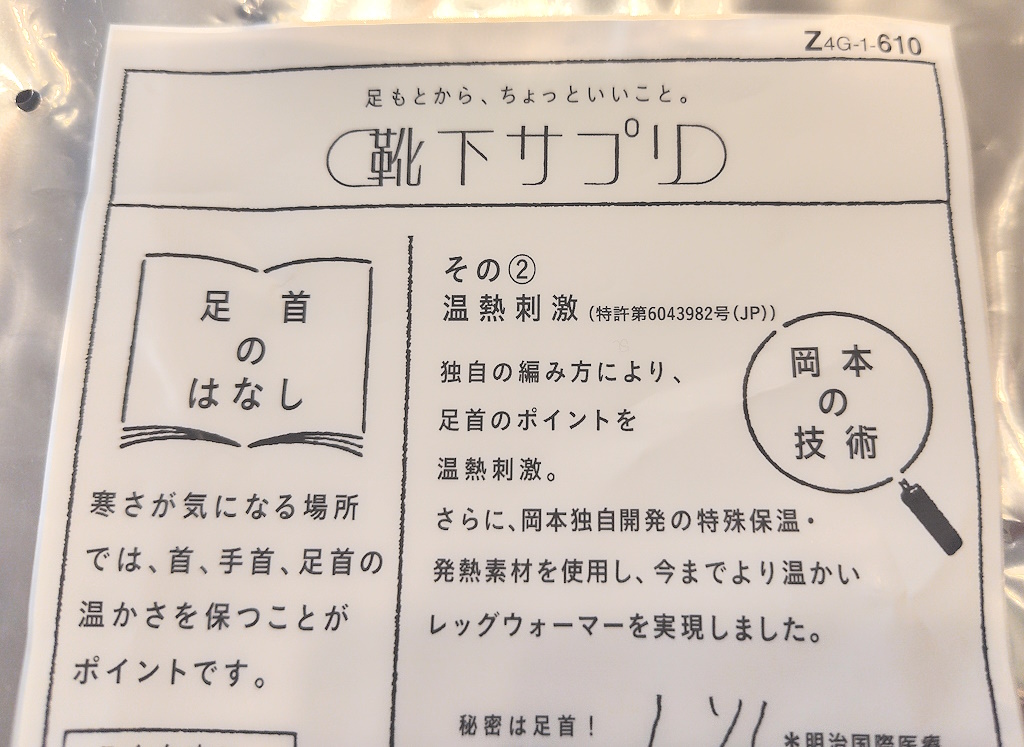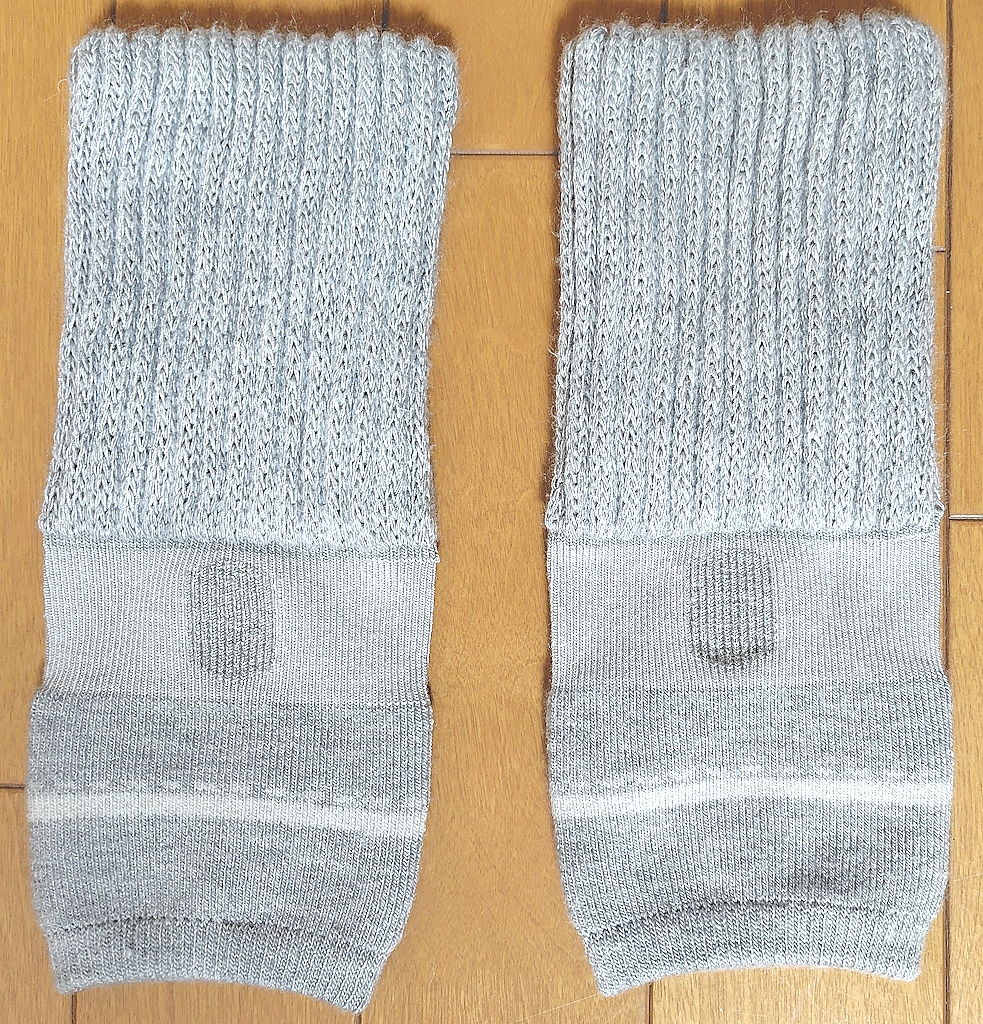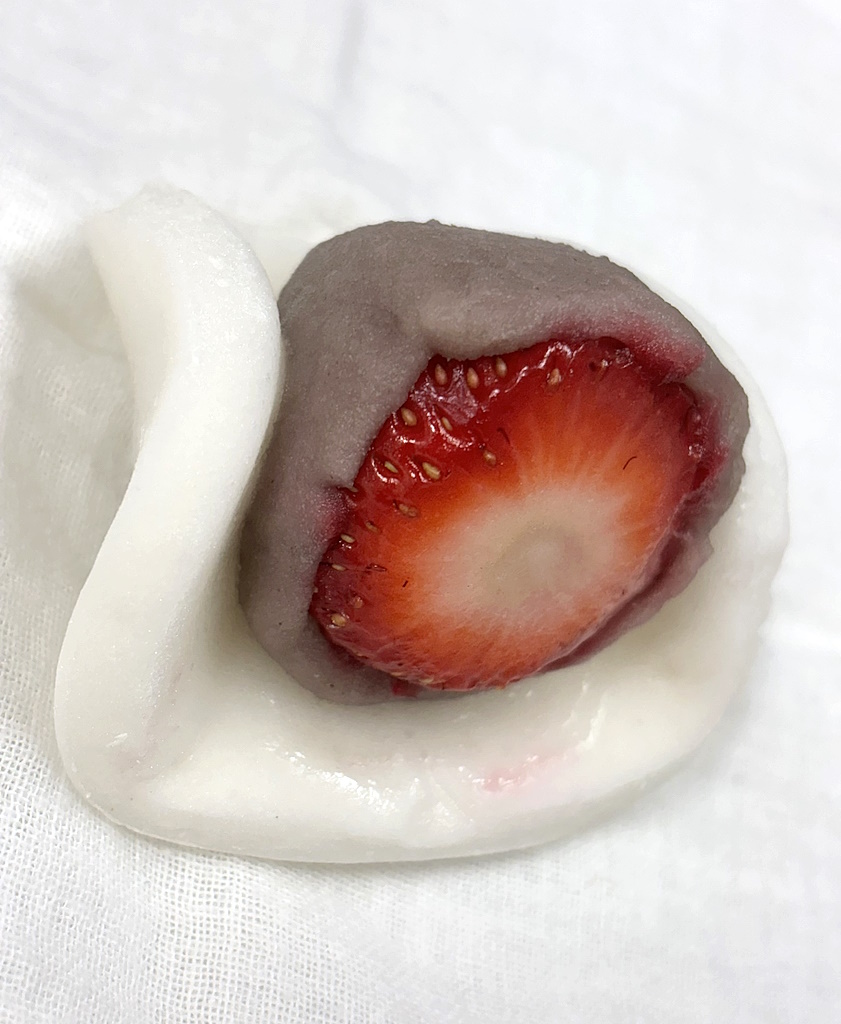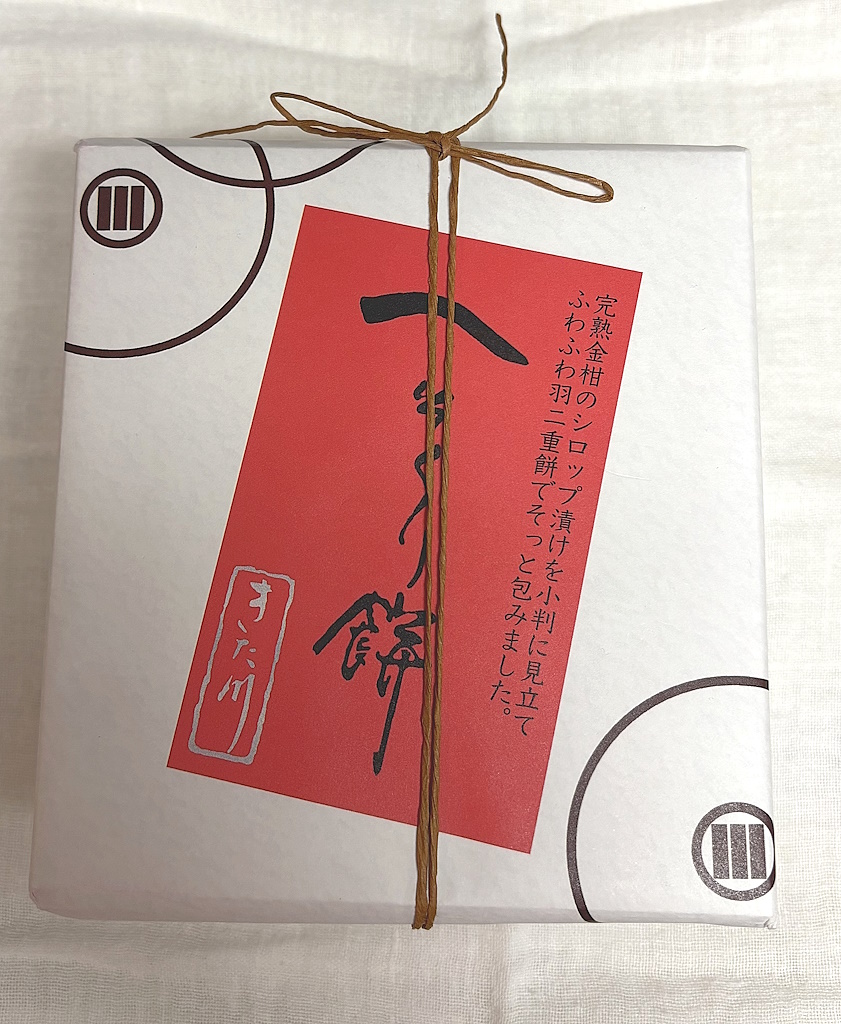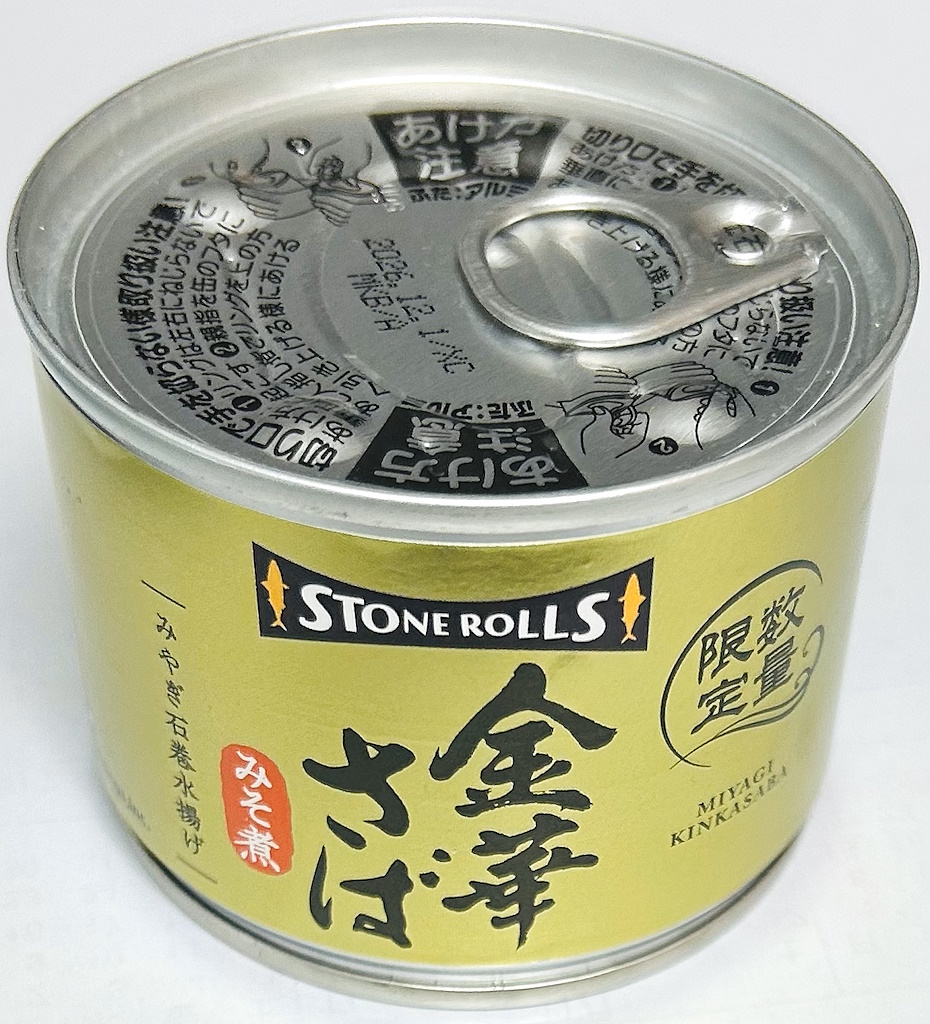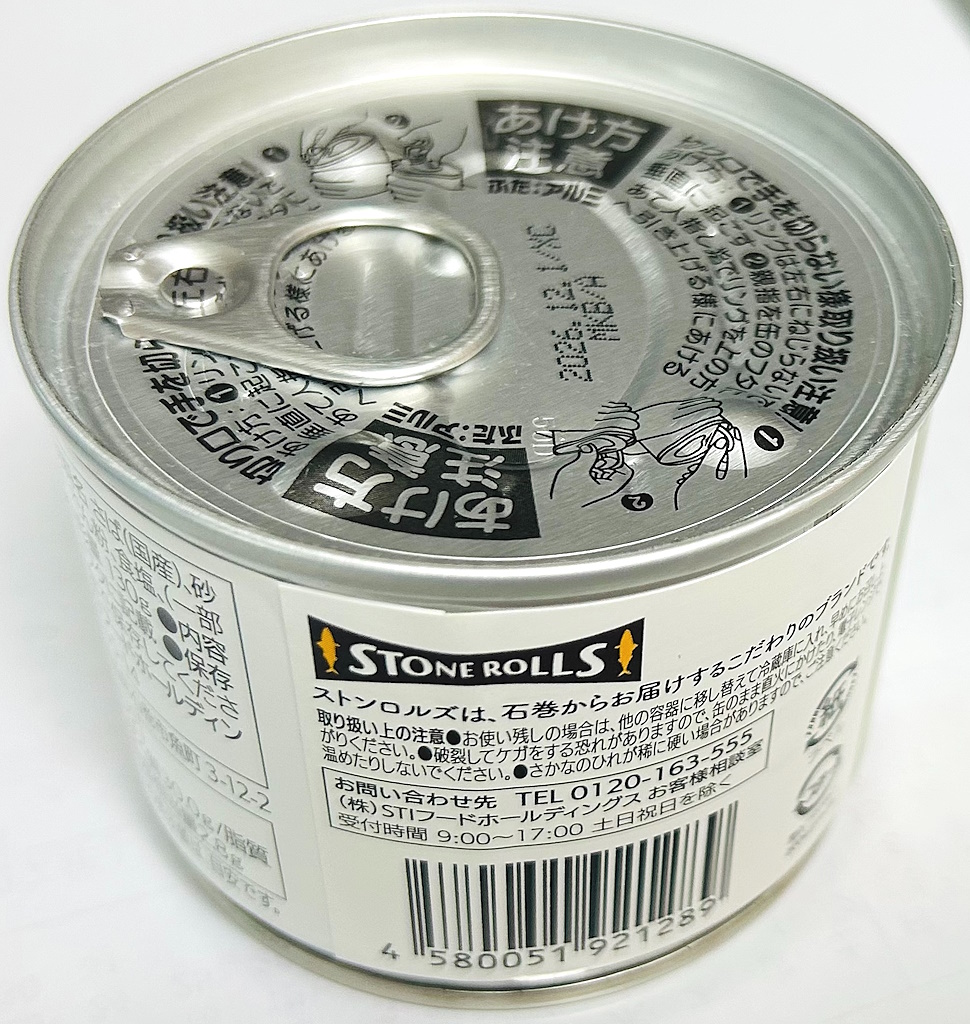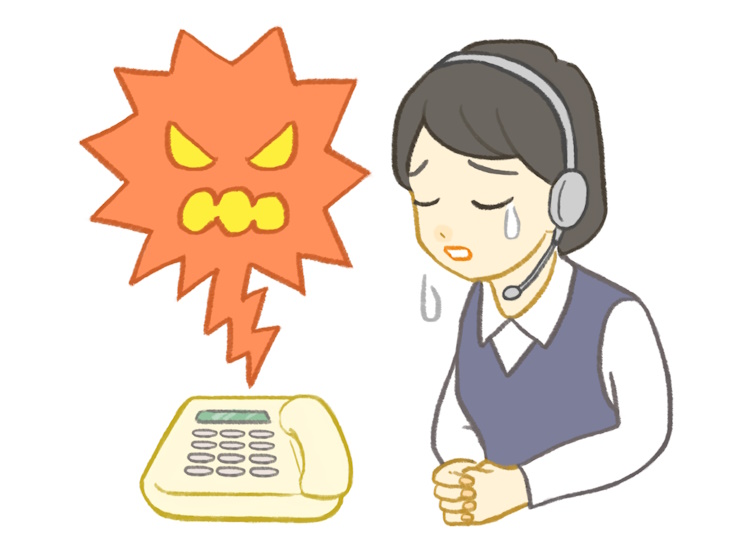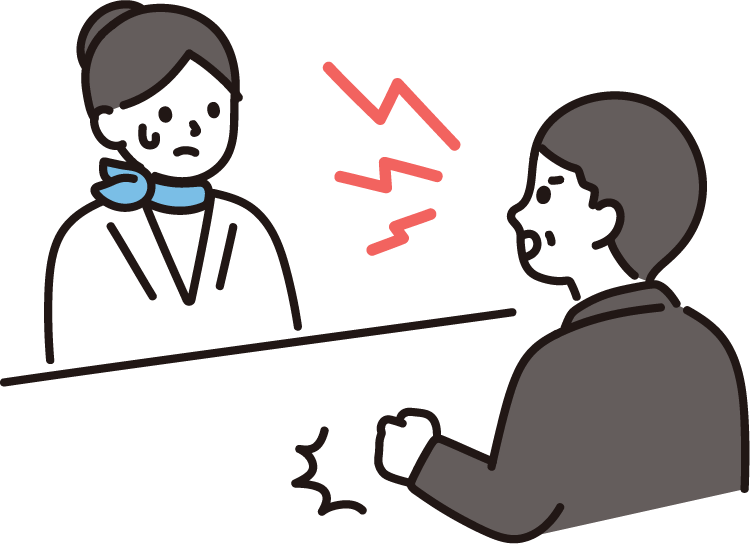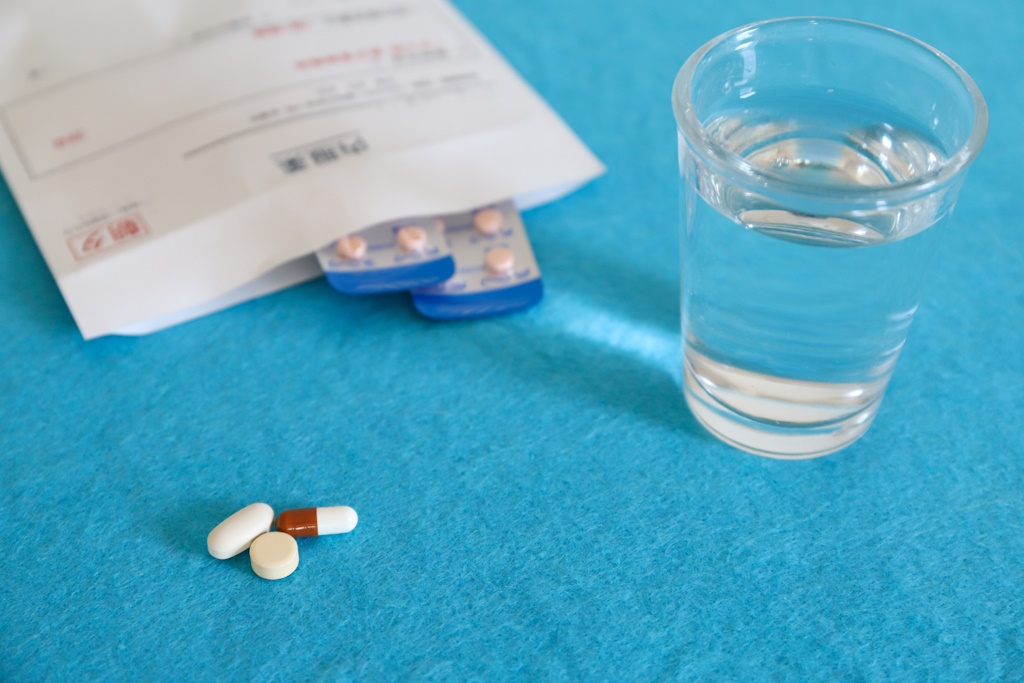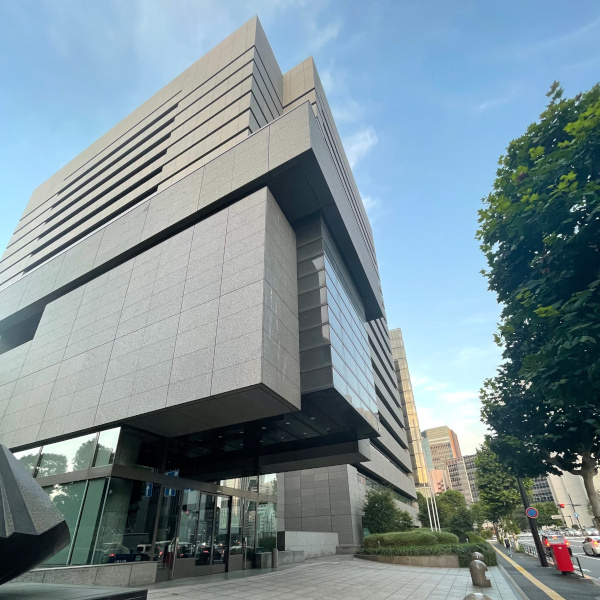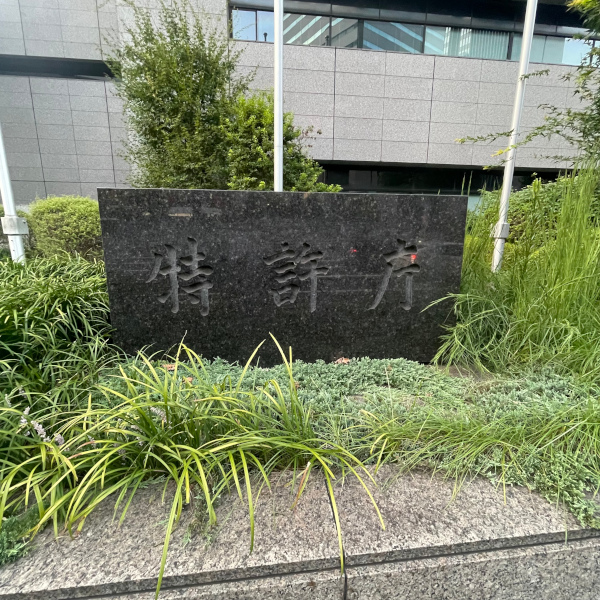The other day, I had the opportunity to visit Handa City in Aichi Prefecture, and on the way there I saw a sign for “Nama Senbei”. My imagination ran wild: “Nama” means “raw”, so I wondered if it was a rice cracker that had not yet been baked, or if it was a soft, raw-looking rice cracker with a soft filling. When I discovered and bought some at a souvenir shop, I found that they looked unexpectedly square and were like thin yokan (sweet bean jelly) in black and white.
When I tried it, it was chewy and filling, and the white one had a subtle sweetness from the sugar and honey, while the black one had a savory flavor from the brown sugar and honey, and it was a nostalgic-tasting snack that even children would enjoy. I thought it was similar to the “uirou” that you often see in Nagoya.
After doing some research, I found out that it is a specialty confectionary from the Chita Peninsula in Aichi Prefecture, and that it is a semi-dry confectionary with a chewy texture similar to rice cakes, and a rich flavor with a subtle sweetness from the brown sugar and honey that spreads in the mouth.
According to the story behind the origin of “Nama Senbei”, the seller says, “When Tokugawa Ieyasu helped Imagawa Yoshimoto in the Battle of Okehazama, he arrived in Handa City on his way to the Chita Peninsula and asked for some fresh senbei that were hanging to dry in a peasant’s house. He then happily gobbled them up.
The mark on the top of the packaging for the rice crackers was applied for trademark registration on October 12th, 1957, and the rights to it are still in effect (Japanese Trademark Registration No. 523200).

It’s a good product with a long history, so why not try it when you visit Handa City? (Chamomile)
Nama Senbei webisite (only in Japanese)
